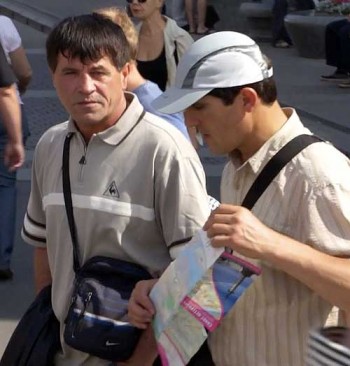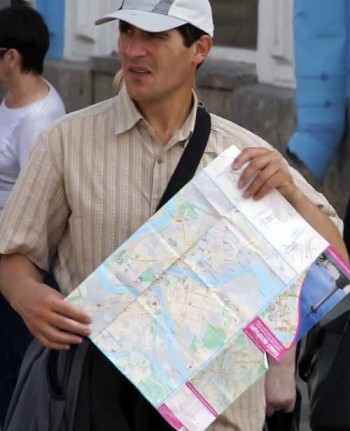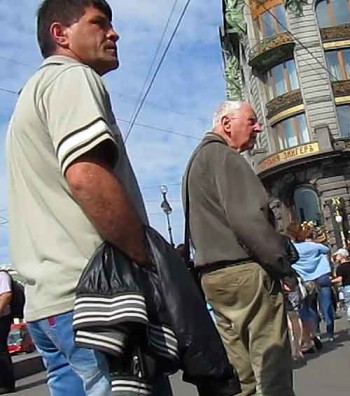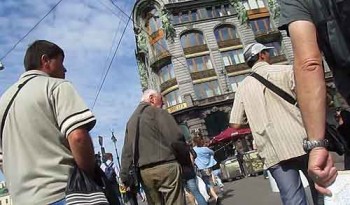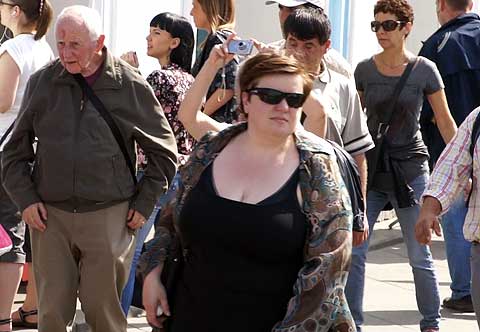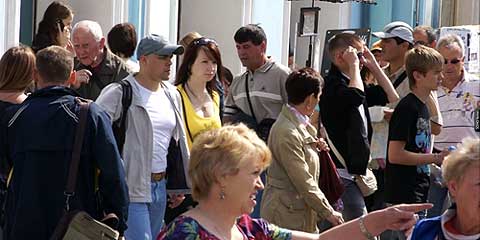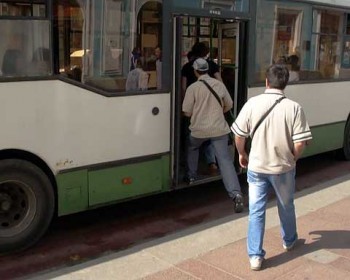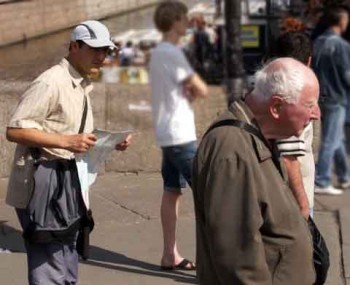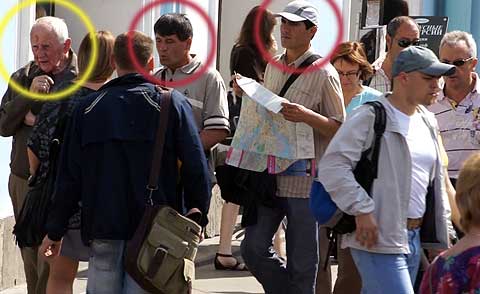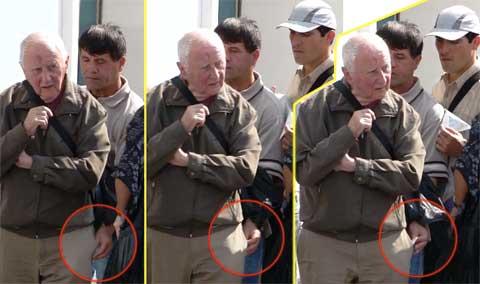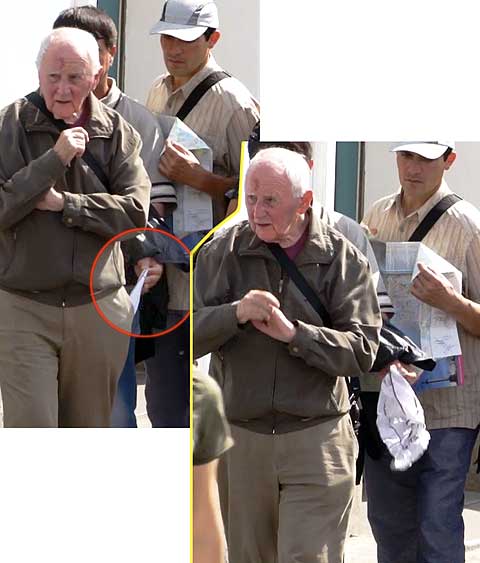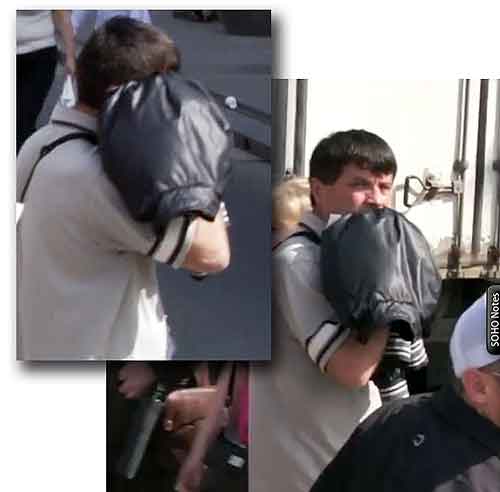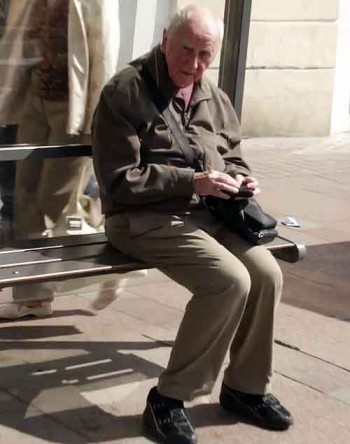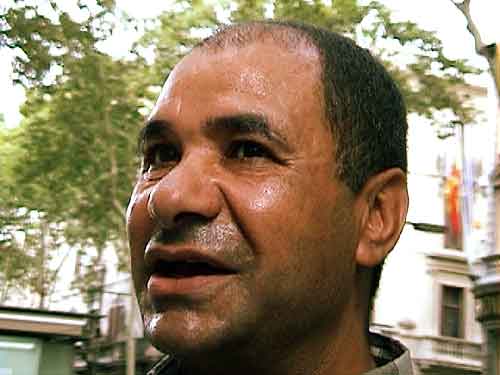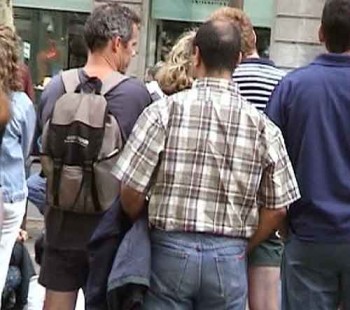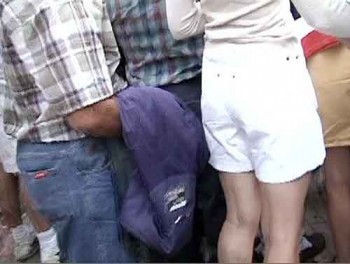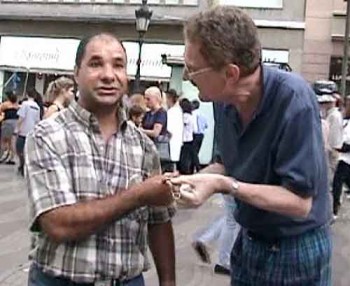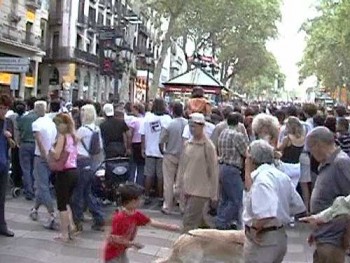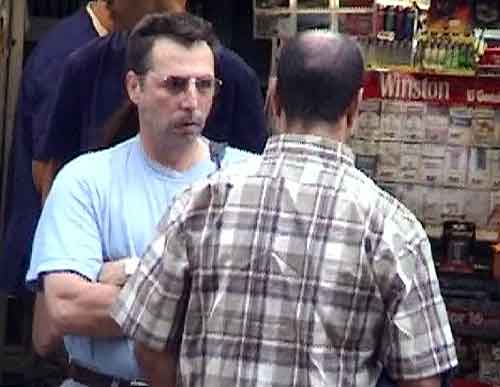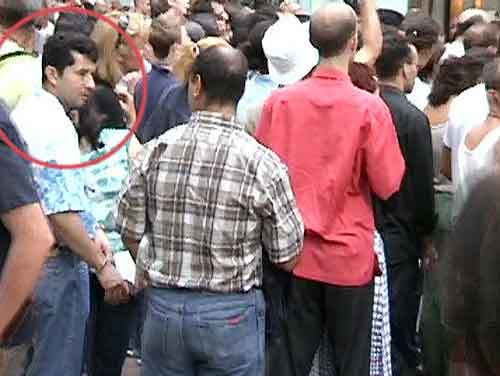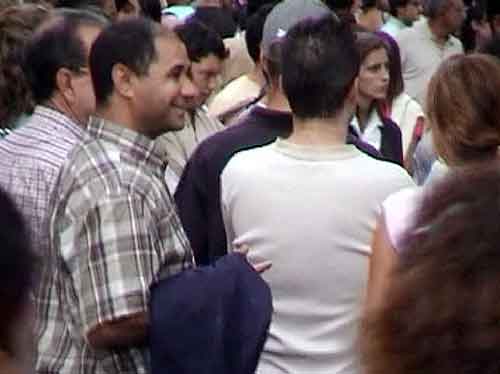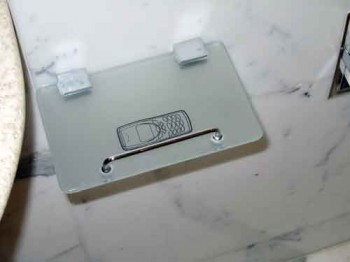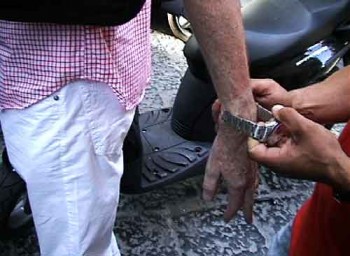
The foot of Charles Bridge, in Prague, is alive with movement. People come and go, lounging and looking, snapping pictures, sipping sodas, eager not to miss a thing on their own personal agendas. Souvenir kiosks attract tight knots of tourists who admire glass animals, wooden puppets, and mad-hatter hats. The corner concert hall, advertising afternoon Mozart recitals, employs a pair of mimes to pass out pamphlets and harass the public.
Bob and I were staking out a pair of well-dressed women with two teenage boys. One of the women carried a blazer slung over one shoulder. As we surreptitiously observed the foursome, we pantomimed the restless and fidgety movements of people waiting for tardy friends, impatiently glancing at our watches and scanning the streets. Simultaneously, we strained to see over and around the milling mob.
The team showed us thievery in motion. As pedestrians waited to cross, the young boys, the stalls, positioned themselves in front of the target victim chosen by the women. The light changed, the crowd surged, and—
Two tousle-headed whitefaces were thrust under our noses. Painted lips grinned over ruffled collars. The pesky mimes had snuck up on us and began to make a scene, flitting around us like butterflies. They mimicked our waiting charade, tapping their toes and drumming their fingers on air. Unaware that theirs was a copy of a copy, the duo performed their inauthentic imitation with self-satisfaction. The pickpocket team crossed the street while the mimes were in our faces, blocking our view and making a nuisance of themselves.
We needn’t have worried about missing the demonstration; we were treated to numerous repetitions of the same choreography. A new crowd of pedestrians gathered and the team members took up their places. With the boys positioned in front of their chosen, the women closed in behind the mark. When the light changed, the boys stepped off the curb, then hesitated—stalled—causing the mark to bump into them. The women naturally crashed into the mark and, in the moment of physical contact, dipped into the victim’s pocket.
Over half an hour, as they repeated their scripted moves, the two women occasionally lifted their heads to scan the crowd but, for the most part, they laughed, chatted, and gently scolded the boys as they worked. They appeared as natural and at ease as every other individual on the square, and possessed the intersection as confidently as did the mimes. Nothing would give them away to the casual observer, unless one noticed that they never left the intersection. What tourist, or local for that matter, crosses and recrosses the same street, again and again?
I used the words choreography and scripted moves, which usually do not apply to opportunists. While this outfit utilized a minor strategy, I wouldn’t call them strategists. They went for the easy marks, made many efforts, and had a high rate of failure. They didn’t invest much in each set-up and were rarely noticed by a newly replenished crowd.
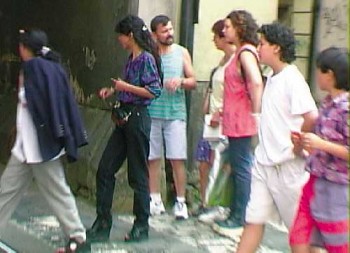
Often, the team targeted women with large handbags. Under the cover of the jacket-tool, they delicately dipped and groped for treasure. We saw them get nabbed twice in that half hour. Once, when they crossed late, the foursome got stuck on the narrow median strip with their victim. Trapped together, the victim and her husband accused the women in German. Cars, trucks, and trams careened wildly around them. Appearing frustrated, the victim repeatedly opened the flap of her own bag, demonstrating what she knew the two women had done. The thieves pretended ignorance and refused to respond.
When the light finally changed and the opponents were freed from their traffic island prison, they stormed off in opposite directions. Bob and I caught up with the victim and learned that nothing had been stolen. But she had felt a hand in her purse. She was alert, she was quick, and she was furious.
So many gangs like these prey on visitors to Prague that, combined with well-known taxi scams and restaurant overcharges, the city’s reputation for tourism has been seriously damaged.
Group tour leader Graham Bell, of London, traveled to Prague with a group of 21. Of those, nine were pickpocketed. Nine who left themselves open to opportunists—a totally unnecessary state. Bob and I would encourage any of our readers to visit Prague for it’s stunning beauty—you will go prepared.
Excerpt from Travel Advisory: How to Avoid Thefts, Cons, and Street Scams
Chapter Five: Rip-Offs: Introducing… the Opportunist







